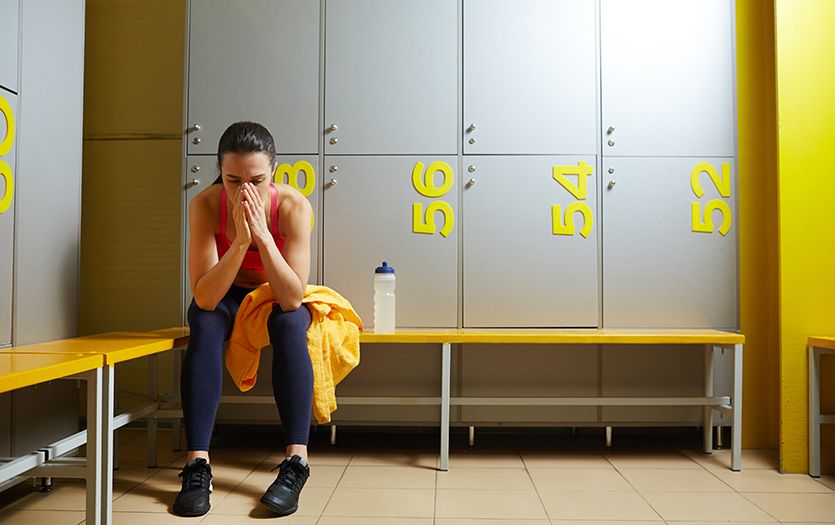
This post was written by Lindsey Derby, CSCS, human performance specialist, Parkview Sports Medicine.
When high achievers set lofty goals, not much can stand in their way. They face external challenges head-on and don’t let anything stop them from reaching their dreams. However, this relentlessness can often come with a price: burnout. You may have heard the term discussed when talking about work-life balance, but more recently it’s become a topic of discussion for athletes as well, especially student athletes. Let’s take a look at what causes burnout and some potential ways to help mitigate it.
What is burnout?
Burnout, also known as overtraining syndrome, is when an athlete experiences a decline in their performance even though they’re continuing to train. Because of the physical and mental stress that comes with the pressure to perform well, burnout can cause athletes to lose interest in their sport.
While the focus here is on student athletes, remember that burnout can happen to anyone pursuing exercise and training on a regular basis. If you’re not an athlete but simply trying to maintain health and fitness, don’t assume burnout won’t poke its ugly head in your life.
Recognizing the signs
It sounds simple enough: you work too hard, train too much, don’t get enough rest and relaxation so your body revolts by not functioning the way it has and the way you believe it should. The way it’s discussed, you would think it’s a no-brainer for athletes to recognize when they’ve hit burnout. However, that’s not always the case.
Remember the athlete’s driven, singular-focused mentality? When burnout symptoms, such as fatigue, lack of appetite, lack of drive, injury or sickness occur, athletes will typically assume they just need to try harder and do more to fight the urge to become complacent or lazy. This can make it hard for them to recognize they’re experiencing burnout and should take steps to prevent it.
Fixing the problem
As a coach or parent, educating student athletes on the causes and symptoms of burnout is as important as recognizing the signs. Unfortunately, the best thing for an athlete experiencing burnout is the last thing they want to do: rest and stay away from their sport or training.
As someone in a supportive role, a good proactive measure to take is planning breaks throughout the year ahead of time. For example, you could plan a break around a particularly stressful time such as finals week or simply plan few days off every other month for rest and recuperation.
It’s important to know that busyness and burnout are best buddies. That’s why it’s critical to be aware of what’s going on in your athlete’s mind and body so that you can help them recognize when they need to take a break to sleep and recover. If you’re noticing any signs of burnout, encourage them to take a step back and help them understand that it’s the right thing to do to reach their goals.



